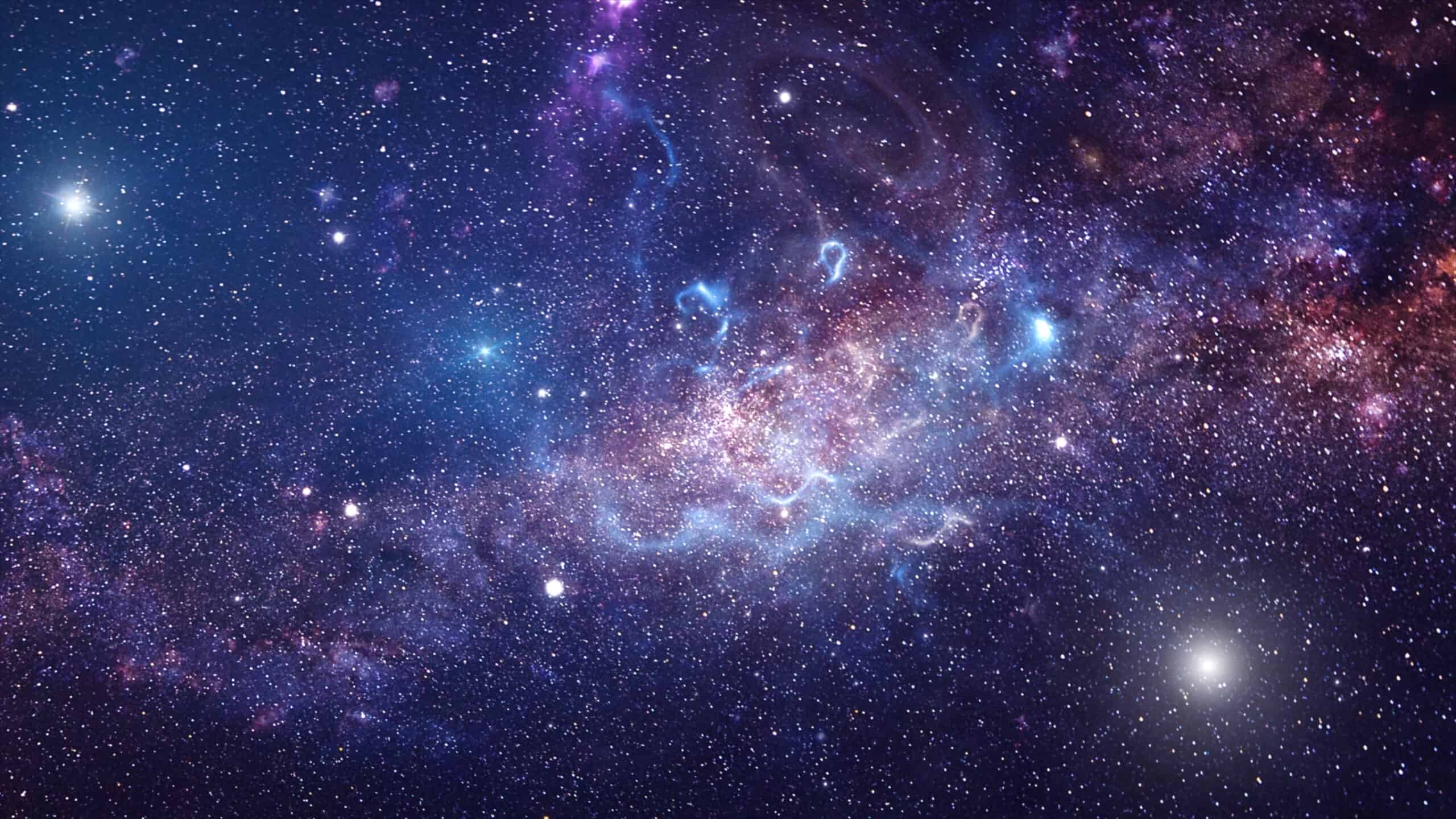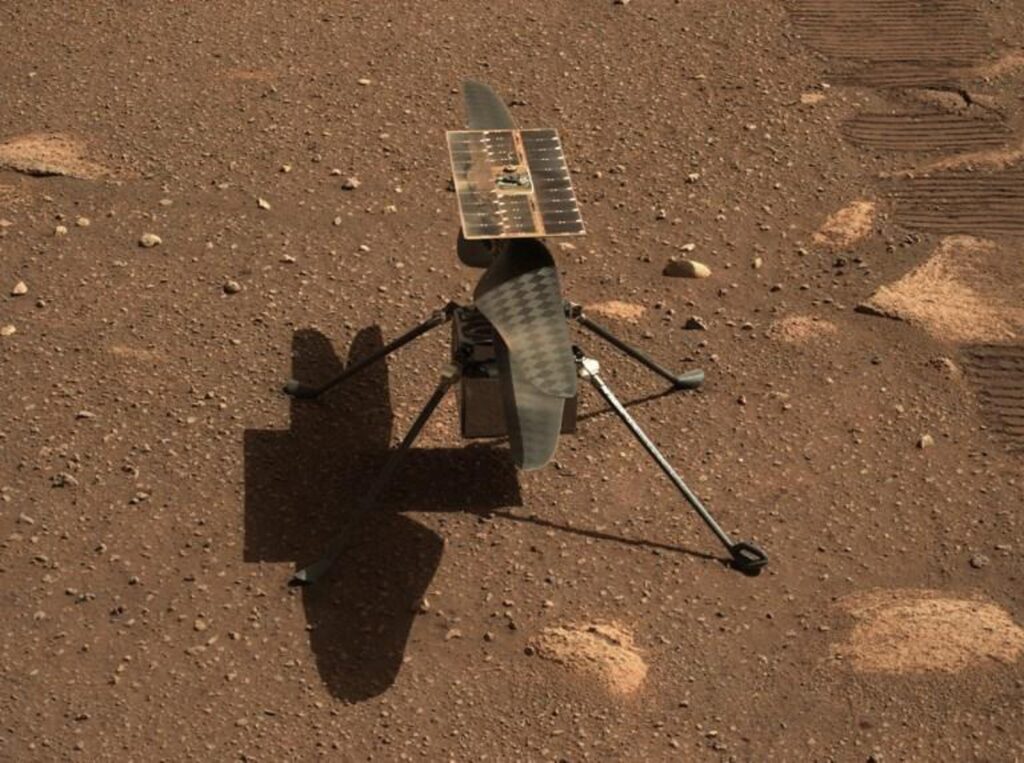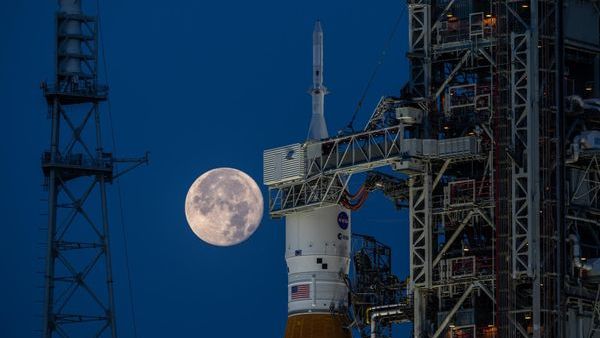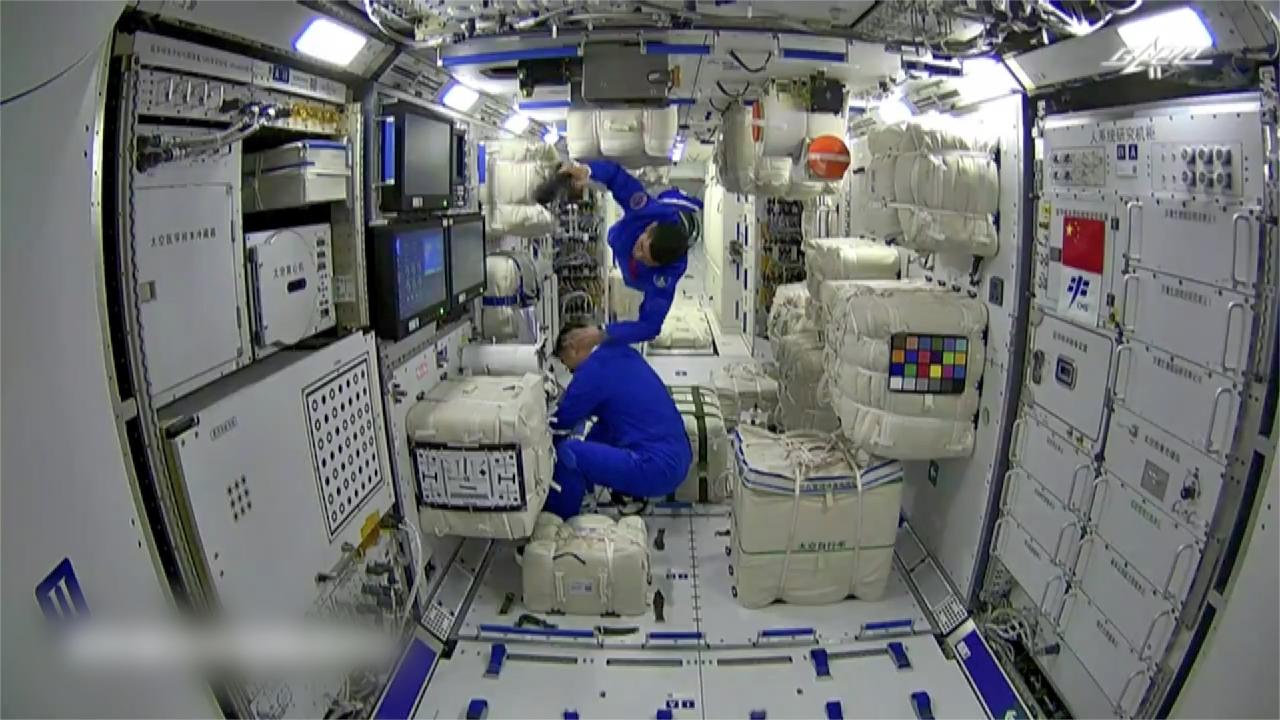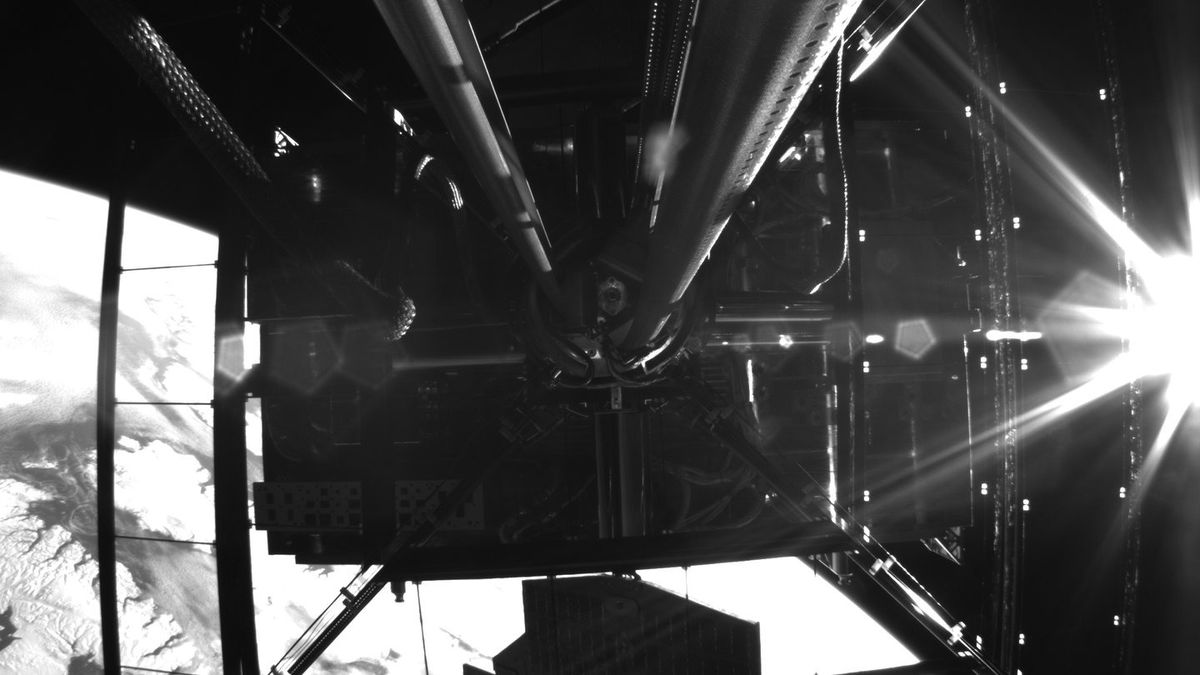While the Universe’s initial stars may exist, they have yet to be found. Another claim is that dark matter is wave-like, although a single poorly observed system precludes broad inferences.
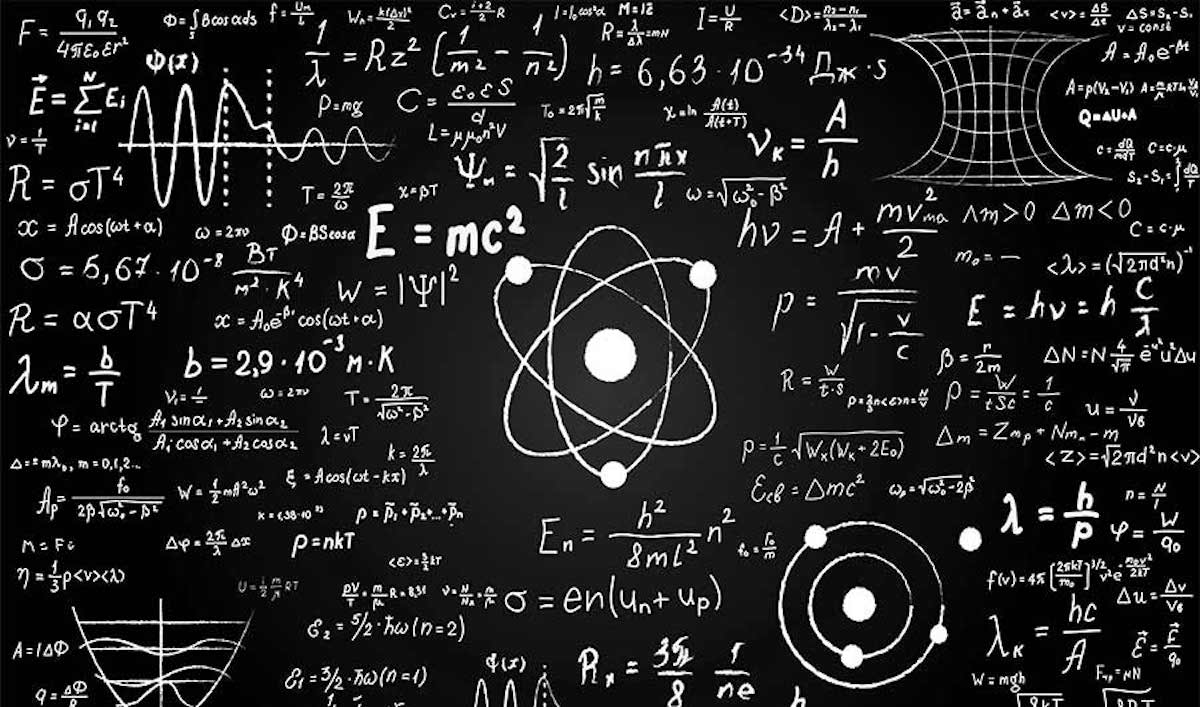
2023 physics and astronomy disinformation incidents
The JWST’s observations of distant galaxies are also thought to contradict the Big Bang theory. Variations from expectations are minimal and consistent with contemporary cosmology. Since it contradicts experimental data, research stating the expanding Universe is a mirage is also questioned.
Another myth is that the Universe is 26.7 billion years old instead of 13.8 billion. This timeline is contradicted by history. Since LK-99 has no zero resistance, its room-temperature superconductivity claim is also questionable.
The absence of dimethyl sulfide, a key component of exoplanet K2–18b’s ocean world hypothesis, casts doubt on its existence. While cosmic expansion influences light propagation, time passing remains unaffected, disproving the idea that time moved slower in the cosmic past.
READ ALSO: “Singularities don’t exist,” claims black hole pioneer Roy Kerr
Challenging Scientific Myths
The myth that binary stars can prove or disprove MODD. However, this procedure is unclear and produces inaccurate results. We conclude that the claim of alien technology on the ocean floor is industrial contamination, not extraterrestrial.
It stresses the need for overwhelming proof to support scientific claims.
It highlights the dynamic nature of scientific study, where misinformation can originate, and the need for critical judgment to separate fact from fiction.
READ ALSO: The 10 biggest physics and astronomy lies from 2023
